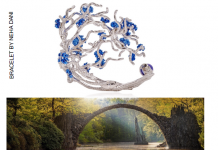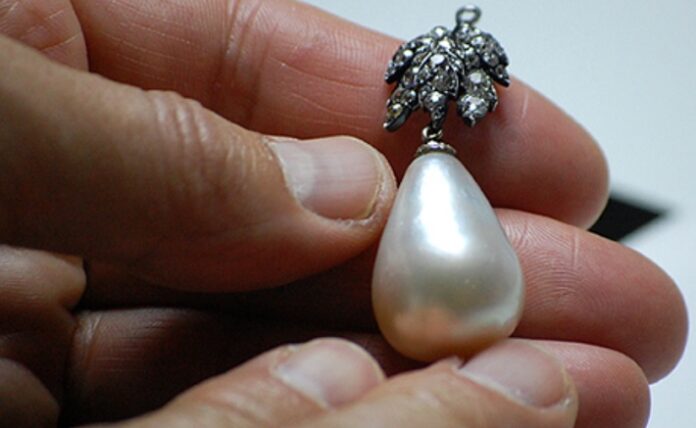The Swiss Gemmological Institute SSEF has introduced a new service that will help identify the origin and species of pearls using a special DNA fingerprinting technology. The service will “contribute to further documenting the origin and geographic provenance of historic natural pearls and traceability efforts in the cultured pearl trade”, the lab said.
SSEF will launch the service in partnership with the Institute of Forensic Medicine at the University of Zurich due to a substantial expansion of the organisation’s DNA fingerprinting reference database and capabilities, which now include eight oyster species that produce the vast majority of pearls found in the natural and cultured pearl trade.
Among the eight pearl species that can be distinguished conclusively using these DNA fingerprinting methods are:
Pinctada radiata (Arabian/Persian Gulf & Ceylon pearl oyster)
Pinctada imbricata (Atlantic pearl oyster)
Pinctada fucata/martensii (Akoya pearl oyster)
Pinctada maxima (South Sea pearl oyster)
Pinctada margaritifera (Tahitian black-lipped pearl oyster)
Pinctada mazatlanica (Panama pearl oyster)
Pinctada maculata (Pipi pearl oyster)
Pteria sterna (Rainbow-lipped pearl oyster)
SSEF said that it first developed DNA fingerprinting of pearls with partners at ETH Zurich, and reports on the research conducted was published in an academic journal in 2013 (DNA Fingerprinting of Pearls to Determine Their Origins, Meyer et al). The quasi non-destructive method has since been refined further, and the amount of material that required from the pearl for testing has been considerably reduced to an infinitesimal amount.
SSEF’s research on species identification creates important opportunities to better understand historic pearl trading routes and the origins of notable pearls. In combination with age dating technology (a service provided by SSEF for pearls since 2017), it is possible to gain previously inaccessible scientific insights into the formation of pearls.
“We are happy to build on decades of pearl research at SSEF to launch this new service for the pearl trade,” said Dr. Michael S. Krzemnicki, director of SSEF. “DNA fingerprinting will contribute to further documenting the origin and geographic provenance of historic natural pearls and traceability efforts in the cultured pearl trade.”
Dr. Adelgunde Kratzer of the Institute of Forensic Medicine at the University of Zurich added: “In addition to our collaboration on DNA testing of precious corals and ivory, we are pleased to be able to contribute our lab expertise to documenting pearls, which are one of the oldest and most iconic gems known to humankind.”
Pic caption: Iconic natural pearls, such as the La Peregrina pearl seen here, could in the future be tested using DNA fingerprinting technology to further document their unique origins and provenance
Pic courtesy: SSEF
Disclaimer: This information has been collected through secondary research and TJM Media Pvt Ltd. is not responsible for any errors in the same.




























